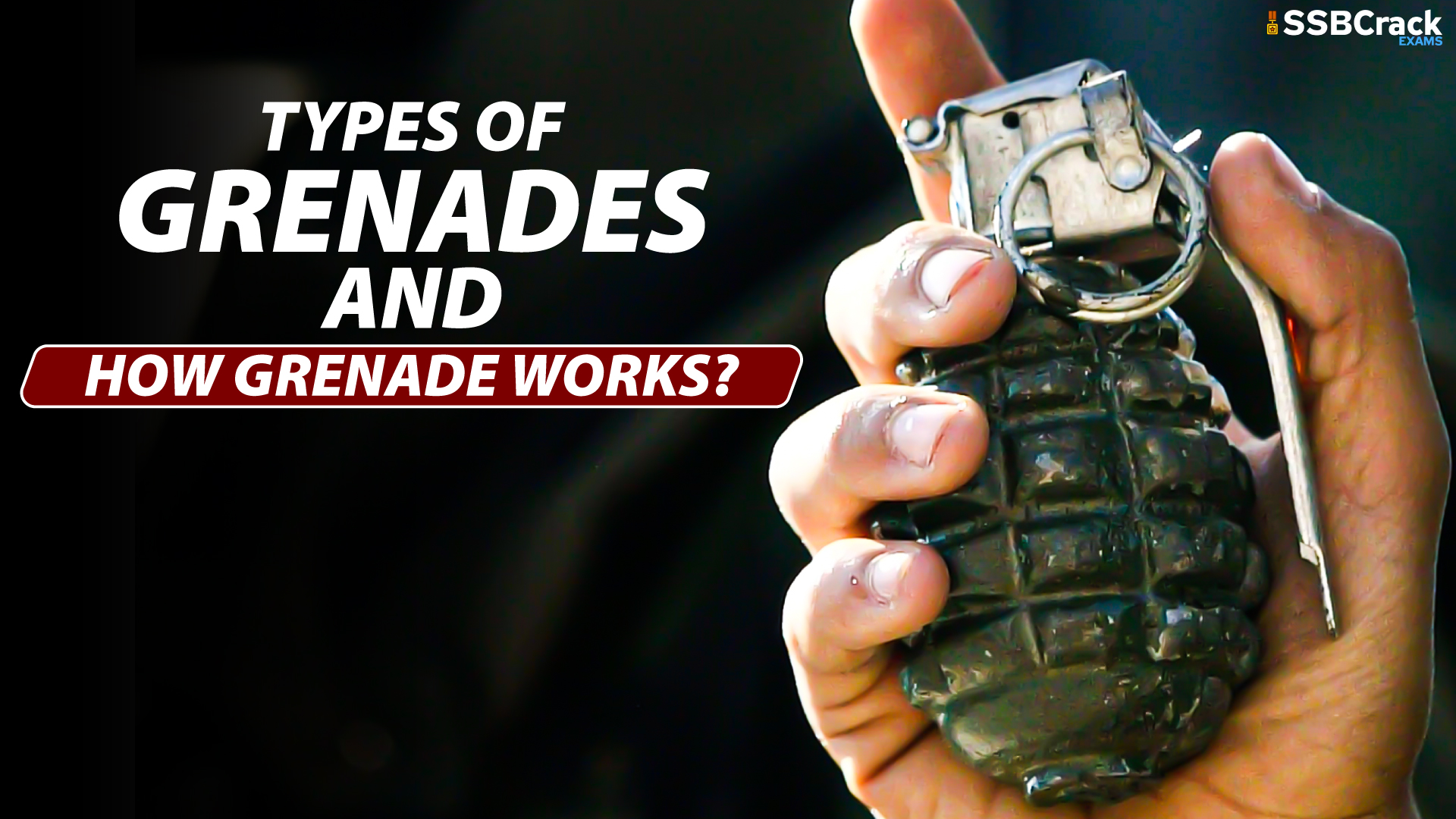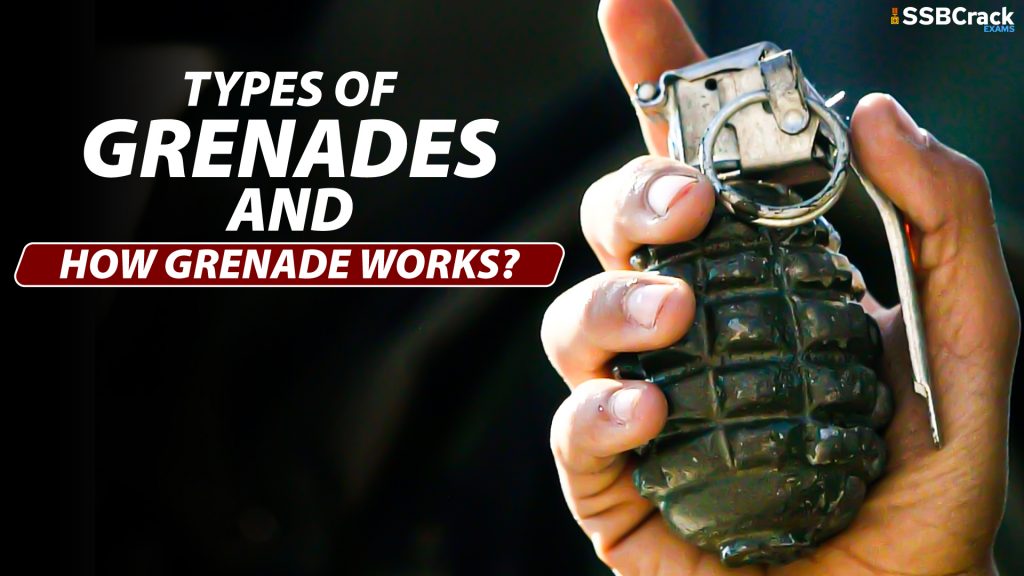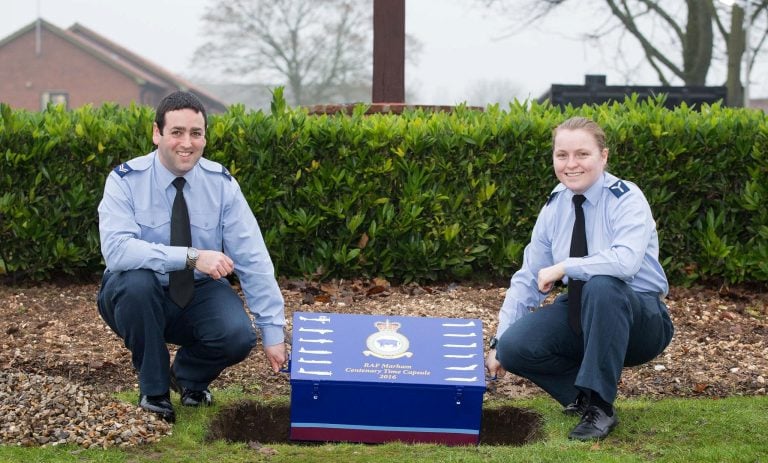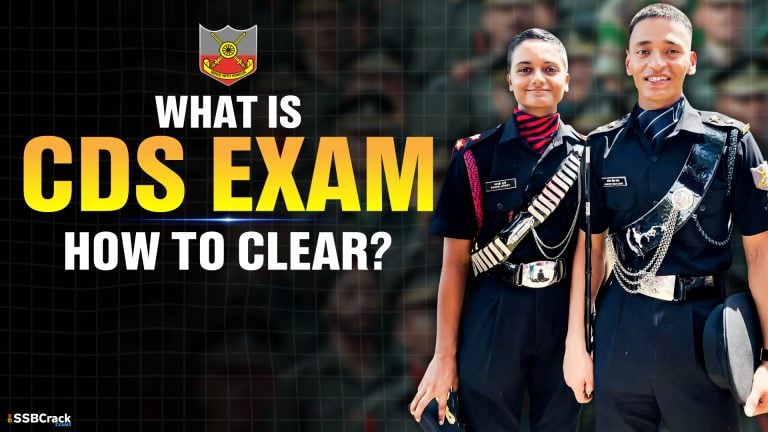Jai Hind future warriors today we will be discussing grenades and their types (based on ignition systems).
We are going to cover the following topics:
- Grenades
- Time Delay Grenade
- Uses
- Structure
- Diagram
- Mechanism
- Issues
- Impact Grenade
- Uses
- Diagram
- Structure
- Mechanism
- Future Uses
A grenade is just a small bomb designed for short-range use. The idea of a bomb is very simple: Combustible material is ignited to produce an explosion — a rapid expansion of gases that produces strong outward pressure. The essential elements of a grenade, then, are combustible material and an ignition system.
Also Read: First Batch Of Multi-Mode Hand Grenades Handed Over To Indian Army
There are all sorts of combustible materials used in grenades, and they generate a range of explosion types. Some explosions will spread fire, and others will just release a lot of smoke. Some produce little more than a loud noise and a flash of light while some release toxic gases.
There are two types of grenades on basis of the ignition system:
- Time Delay Grenade
- Impact Grenade
Time Delay Grenade

Uses:
- The primary function of this grenade is to kill or maim nearby enemy troops. To ensure maximum damage, the grenade is designed to launch dozens of small metal fragments in every direction when it explodes.
Structure of Grenade:
- The outer shell of the grenade, made of serrated cast iron, holds a chemical fuse mechanism, which is surrounded by a reservoir of explosive material.
- The grenade has a filling hole for pouring in the explosive material.
The proper way to throw a hand grenade:
- Depress the striker lever
- Pull the pin
- Hurl the grenade.
Mechanism of Grenade:
The firing mechanism is triggered by a spring-loaded striker inside the grenade. Normally, the striker is held in place by the striker lever on top of the grenade, which is held in place by the safety pin. The soldier grips the grenade so the striker lever is pushed up against the body, pulls out the pin and then tosses the grenade. Here’s what happens inside once the grenade is released:
- With the pin removed, there is nothing holding the lever in position, which means there is nothing holding the spring-loaded striker up. The spring throws the striker down against the percussion cap. The impact ignites the cap, creating a small spark.
- The spark ignites a slow-burning material in the fuse. In about four seconds, the delay material burns all the way through.
- The end of the delay element is connected to the detonator, a capsule filled with more combustible material. The burning material at the end of the delay ignites the material in the detonator, setting off an explosion inside the grenade.
- The explosion ignites the explosive material around the sides of the grenade, creating a much larger explosion that blows the grenade apart.
- Pieces of metal from the outer casing fly outward at great speed, imbedding in anybody and anything within range. This sort of grenade may contain additional serrated wire or metal pellets for increased fragmentation damage.
Issues With Time-delay grenades:
One problem is their Unpredictability, in some chemical fuses, the delay time may vary from two to six seconds. But the biggest problem with time-delay grenades is that they give the enemy an opportunity to counterattack. If a soldier doesn’t time a grenade toss just right, the enemy may pick it up and throw it back before it explodes.
Impact Grenades
Impact grenades work like a bomb launched from an airplane that is, they explode as soon as they hit their target.
Impact grenades must be unarmed until they are actually fired because any accidental contact might set them off. Since they are usually shot from a launcher, they must have an automatic arming system. In some designs, the arming system is triggered by the propellant explosion that drives the grenade out of the launcher. In other designs, the grenade’s acceleration or rotation during its flight arms the detonator.
The diagram below shows the elements in a simple impact grenade with a rotation arming mechanism.

Structure of Grenade:
The grenade has an aerodynamic design, with a nose, a tail and two flight fins. The impact trigger, at the nose of the grenade, consists of a movable, spring-mounted panel with an attached firing pin facing inward. As in the time-delay grenade, the fuse mechanism has a percussion cap and a detonator explosive that ignites the main explosive. But it does not include a chemical delay element.
When the grenade is unarmed, the fuse mechanism is positioned toward the tail end, even though it has a spring pushing it toward the nose. It is held in this position by several spring-mounted, weighted pins. The firing pin is not long enough to reach the percussion cap when the fuse is in this position. If the trigger plate is pressed in accidentally, the pin will slide back and forth in the air, and nothing will happen.
Mechanism of Grenade:
When the grenade is fired it begins to spin (like a well-thrown ball). This motion is caused by the shape and position of the fins, as well as spiralled grooves inside the barrel of the grenade launcher.
The spinning motion of the grenade generates a strong centrifugal force that pushes the weighted pins outward. When they move far enough out, the pins release the fuse mechanism, and it springs forward toward the nose of the grenade. When the grenade hits the ground, the nose plate pushes in, driving the firing pin against the percussion cap. The cap explodes, igniting the detonator explosive, which ignites the main explosive.
There are dozens of variations on this idea, some with much more elaborate arming and ignition systems. But the basic principle in most of these weapons is the same.
Future Uses:
Some Modern Grenades use an electronic fuse system instead of a mechanical or chemical fuse.
Development of miniature grenades with electronic position sensors is underway. With advanced grenade launchers, soldiers can program a grenade to explode after it has travelled a certain distance. In this way, a soldier can pinpoint particular targets, even ones behind barriers, with extremely high precision.
Conclusion
Did You Know? That Grenadier term was used to refer to the soldiers who specialised in throwing hand-grenades
Hope this post was informative for you. For more such posts related to defence exams and SSB Interview stay tuned.
Also Read:
- What Does Caliber Of Bullet Mean?
- Why Indian Army’s Regiment Of Artillery Is Called The Gods Of War
- Complete List Of 27 Infantry Regiments In The Indian Army


















